As the Korona-ka continues, remote work has become commonplace, and the time spent at home is still long. At this time of the year when the Obon is over and the heat is heading from midsummer to the lingering heat, many people will think again that they want to get rid of the heat of their home. Even if you miss the latest air conditioner, it's quick to give up. I still have a hand. One of them is a device that takes a lot of effort around the windows.
The heat comes from the window. The "external shielding" that prevents the sun from the outside is the key.
More than 70% of the sunlight and heat that bring heat to the room comes in through the windows. That's why it's hot even when the air conditioner is turned on when the sun shines on the windows. In other words, you can get some coolness by closing this hole well.
There is also a method called "eco-reform of windows" that improves performance by replacing it with double-glazed glass or Low-E glass with a special film, but here it is easier and cheaper, and the hot sunlight itself without tampering with the windows. Let's introduce how to effectively block.
Blocking the sun = You can think of various tools for blocking sunlight, such as blinds, curtains, and blinds, but these are divided into two groups depending on whether they are on the outside or inside across the window.
It is the "outside" groups such as bamboo blinds, awnings, Yoshizu, and green curtains that are better off in the sun.
The main reasons are (1) the sun does not come into the room and the walls and floor do not get hot (2) the temperature of the window glass does not rise because the window itself does not receive sunlight.
When exposed to direct sunlight, the window glass stores heat, and heat is released from it. By the same principle as an electric stove, "radiation" occurs in which the heat is transmitted from a hot object to the surroundings.
The outer assembly tool blocks the sunlight in front of the window, preventing the temperature of the glass from rising.
On the other hand, this is not the case with "inside" groups such as indoor blinds and curtains.
The sunlight that hits the windows also heats the blinds, and depending on the color and material, the surface can reach 40 ° C when it is high. Even if the sunlight can be prevented, if the blinds themselves store heat, the room will become hot due to radiation.
In other words, it is important to keep direct sunlight out of the house.
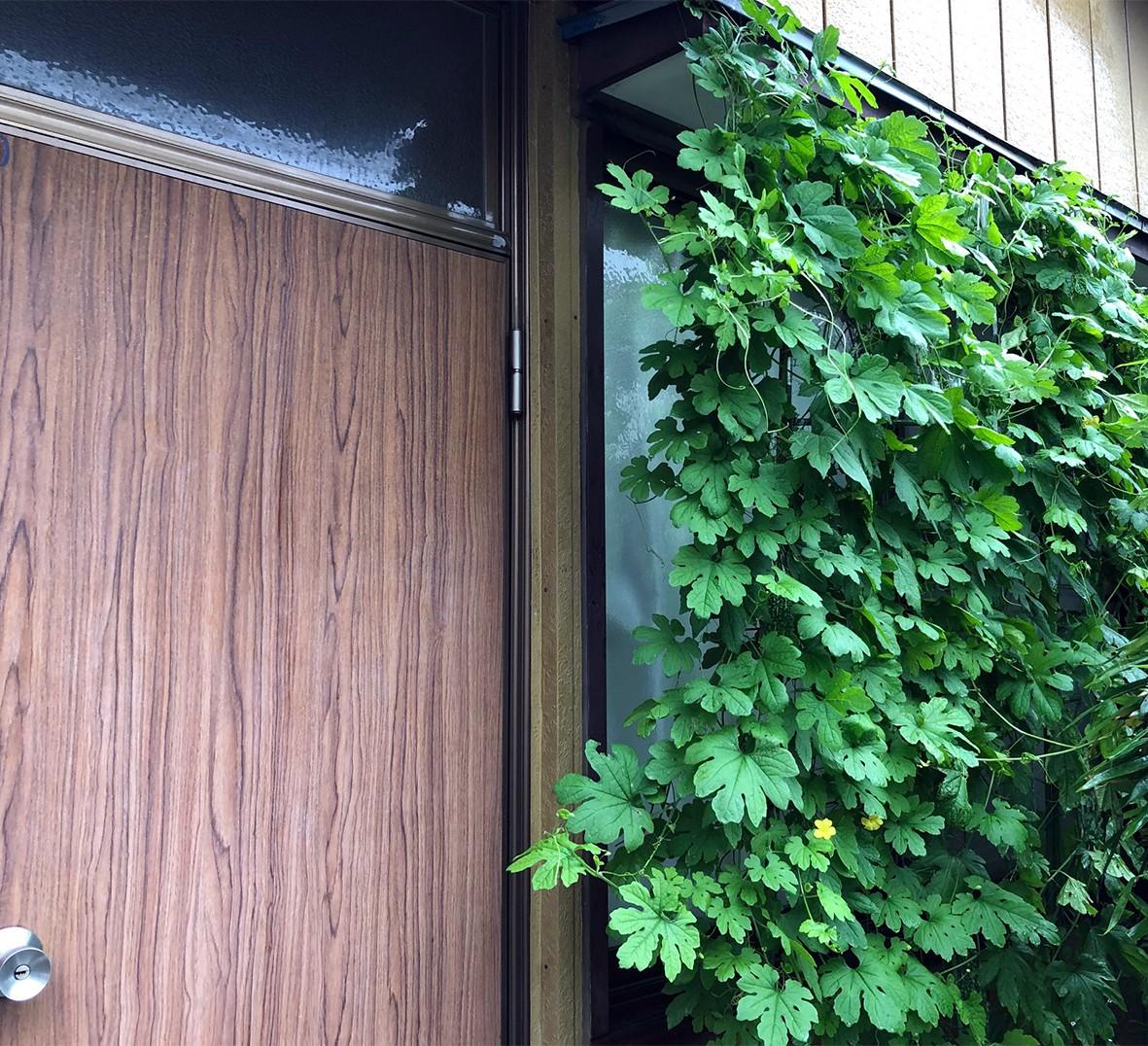
External shielding using the outer group can be said to be the first theory that passively cools the house.
Recommendations are bamboo blinds and green curtains There is a reason for natural materials
The lineup of the outer group is diverse. Traditional bamboo blinds and bamboo blinds, fashionable awnings and screens, and the familiar green curtains. Shutters and shutters can be included depending on how you use them.
So which of these is particularly effective?
In a research paper published in 2013 by Mr. Kannori Sase and others at the College of Bioresource Sciences, Nihon University, a comparative experiment was conducted on the cooling effect of windowpanes by three types of external shielding: Yoshizu, lawn cloth, and bitter gourd green curtain.
It was the green curtain that kept the temperature of the glass surface the lowest on a sunny day in August.
The green curtain, that is, the strong shielding of sunlight by plants, is because it is difficult for heat radiation to be generated due to the "transpiration" that releases water from the back of the leaves and does not raise the temperature of the leaves. The lawn cloth and awning get hot as the sun shines, and radiation to the window glass also occurs.
The reason is the same as walking on the road under the scorching sun and feeling that the shade of the trees is cooler than the shadow of the building. The power of green curtains is not limited to the coolness and freshness of appearance.
Even so, the voice saying, "I can't grow bitter gourd or cucumber from now on!" Here, let's have Sudare and Yoshizu appear at home improvement stores. Old-fashioned reeds (yoshi) are better than vinyl or plastic.
Reeds are plants with round cross-sections and hollow stems, and are ideal materials for shielding sunlight.
When knitted side by side, the thickness comes out three-dimensionally, and the surface area is larger than that of a lawn cloth or screen, and it blocks the sunlight well. In addition, each stem contains air and acts as a heat insulating material. Furthermore, if you sprinkle water on it to evaporate it, you will be able to demonstrate the same ability as a green curtain. Since reeds originally grow in rivers and ponds, they are resistant to water. It cannot match the wisdom of old people.
However, if you look at the modern housing situation, there must be many cases such as "Because it is a Western-style house, neither Yoshizu nor Sudare fits" and "I can't hang or put anything around the window".
The important thing is not to expose the windows to direct sunlight. Of course, awnings and shades are also effective if they can be shielded from the outside. Why don't you try the solar shading that also serves as a decoration while considering the material according to the design of the building.
Even so, if "we can only use the inner set!", There is a way to use an indoor screen with high heat insulation.
The recommendation is a "honeycomb screen," which looks like a line of honeycombs and holds air inside. A thick air layer dams up the heat radiation emitted by the window glass that stores heat in the sunlight to prevent it from being transmitted indoors.
Originally developed for the purpose of blocking cold winter air, it has the same effect on hot summer air in terms of preventing the ingress of outside air. In addition, the air in the room cooled by the air conditioner does not leak to the outside. There are various materials for each manufacturer, so there seems to be room for consideration.
Due to the effects of global warming, the maximum temperature continued to rise, and the period of feeling hot became longer. Building a cool house with energy-saving and passive external shielding that utilizes the providence of nature and the properties of materials, without relying too much on air conditioners, will make a small contribution to the conservation of the global environment. Why don't you give it a try?

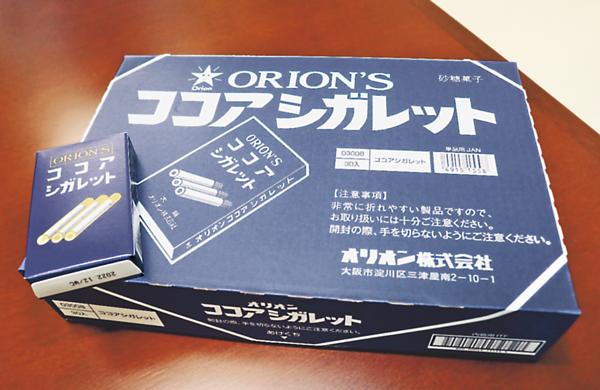
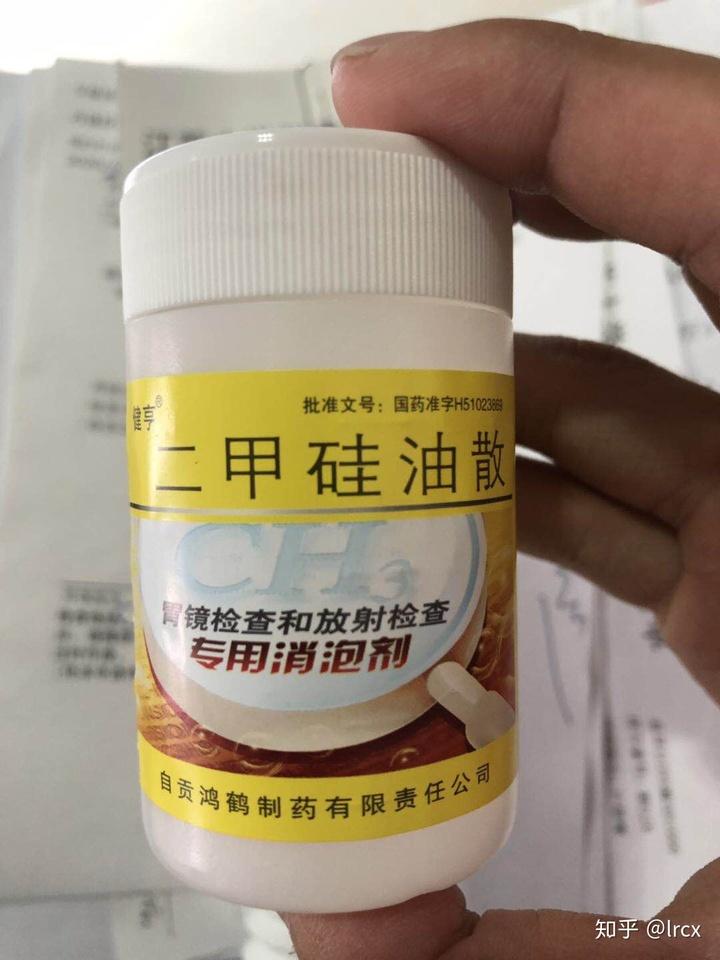
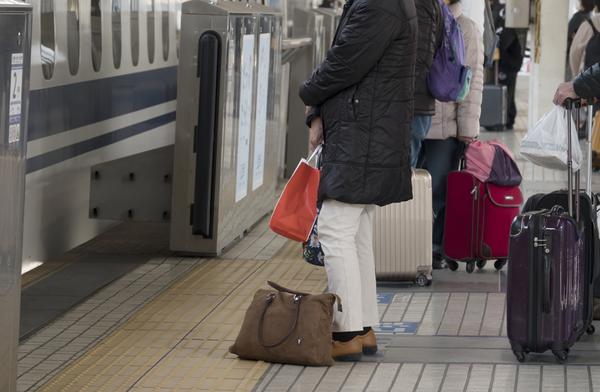
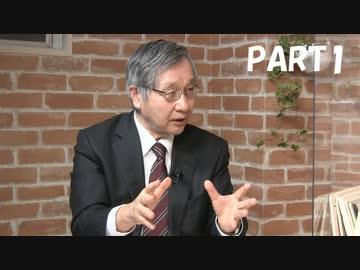
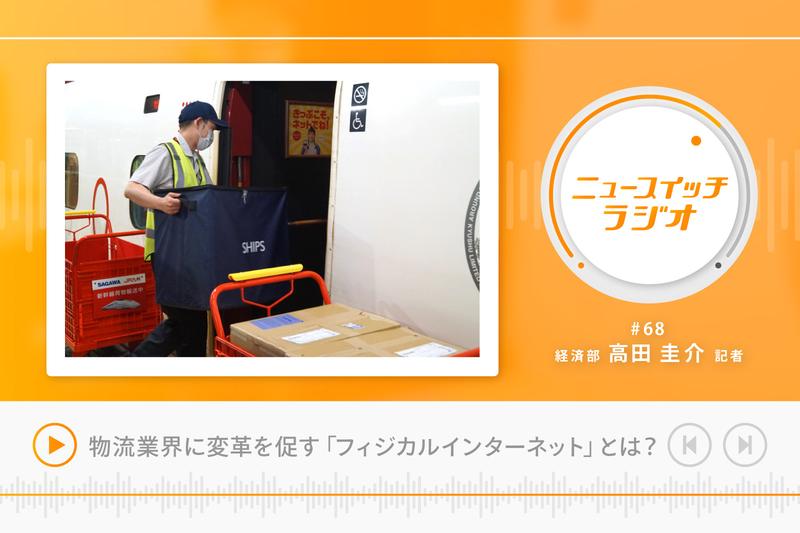
![[New Toyota Voxy (90 series)] Amplifies the characteristics of the aero body! A design that further enhances the power of the front mask! #Works direct custom deep layer 001](https://website-google-hk.oss-cn-hongkong.aliyuncs.com/drawing/article_results_9/2022/3/25/01568e2fbf021c0eaf7d013507c850a4_0.jpeg)

![[Toyota Noah / Voxy new model] Modellista releases various customized parts ... Actual vehicle exhibited at Tokyo Auto Salon](https://website-google-hk.oss-cn-hongkong.aliyuncs.com/drawing/article_results_9/2022/3/25/8268612c1e5941e62d3dfd07f8991b2f_0.jpeg)
